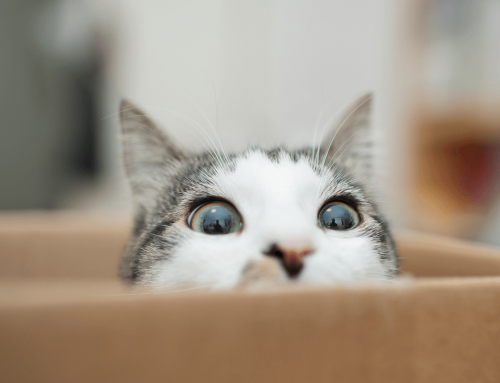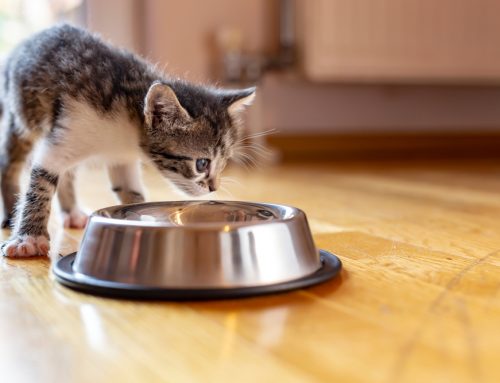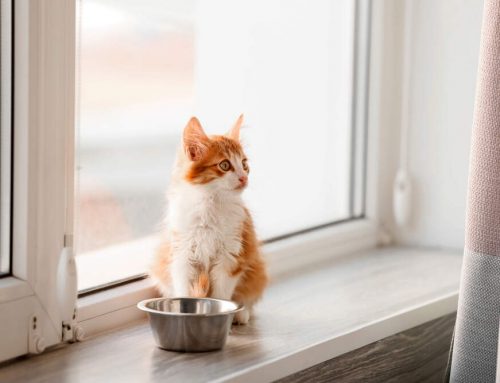Long haired cats have to deal with hairballs, matting, dirty fur and other tricky problems. They depend on their pet parents to help keep their skin and coat healthy and clean. You’ll have to think about grooming tools, types of litter, good nutrition and more to keep your cat’s flowing hair clean and tangle-free. These are the most important factors to consider in grooming your long haired cat.
Preventing Hairballs
Cats develop hairballs when they lick themselves during bath time and swallow some of their fur. Short haired kitties are less likely to have difficulties with hairballs but cats with long hair have a tendency to swallow enough fur that it builds up. Eventually, she gets it out of her stomach in the form of a hairball.
Brushing your cat daily will help reduce the chances of her developing hairballs. Brushing also removes dirt and dead hair, leaving her coat cleaner, smoother and with less hair for her to swallow. Use a pin brush or other specialty undercoat brush to remove shedded hair. Don’t forget to brush sensitive areas, like her stomach, very gently.
Dealing With Matting
Brushing also helps reduce matting, a sometimes tricky situation for cats with long hair. When your cat sheds, the hair can become stuck together with her natural skin oils. Mats in cat fur are tough to comb out and can quickly become uncomfortable for your cat. The best way to deal with matting is to prevent it with regular grooming.
You can reduce the chances of these clumps forming by brushing away the loose hair daily, before it sticks together. Wire brushes can reach down to the undercoat to clear out stubborn loose hairs that risk becoming matted.
If your cat’s fur has already become matted, use a dematting brush to clear away the fur. Be patient—if you try to brush the whole mat at once, your cat probably won’t be happy about it. It’s best to hold the mat with your fingers and start by brushing only the top.
As it becomes untangled, you can brush further down, continuing to hold the bottom part. The gentler and more patient you are, the more comfortable your cat will be during this potentially unpleasant process.
Choosing the Right Litter
Pet parents of long haired cats will have to consider which type of litter will keep their kitties cleanest. Clumping litter and litter made of tiny pellets can become easily stuck to the fur around your cat’s legs and hindquarters during a potty break.
Clay litter with larger, heavier granules will clump less than fine litter and can help keep your cat’s bottom clean. You can also lightly trim the hair around the backs of her legs to better prevent sticking.
In addition to the right litter, it helps to choose a larger, uncovered litter box. This will be more comfortable for your cat and make it less likely that she’ll be scared by an enclosed box. More importantly for long haired cats, it will also give her more space to stay away from dirty areas and avoid rubbing her fur in the litter. A quick wipe with a damp towel after a potty break is another simple way to keep her fur clean.
Bathing Your Cat
Not every cat hates water but if your cat is one of the many felines who are averse to getting wet, bath time can become a difficult process. If she’s a kitten, it’s best to introduce her to being bathed while she’s still young; an adult cat or shelter cat might already have made up their mind against water.
Training a young kitten to remain calm during bath time can make washing and grooming much easier for both of you, saving time and avoiding stress. Start by introducing her to the tub or sink where you plan to wash her. Spend a few weeks letting her simply play in shallow water with toys. A towel or non-slip mat on the floor will give her better grip.
During the bath, remain calm and speak in a soft voice. Hold her gently and massage slowly to avoid startling her. It might be better to rinse her with water from a cup or basin instead of using a loud or powerful faucet.
Professional Grooming
When you simply can’t wash your cat without causing her and yourself stress, you can call a professional grooming service that is experienced with nervous cat behavior. Some services even offer at-home grooming so that you won’t have to stress your cat about a trip in the car!
Professional groomers can also help with trimming your cat’s fur if she’s still tracking litter out of the box. Besides washing and trimming fur, groomers specialize in cutting nails, dematting, brushing and more. Be sure to tell them up front what your cat likes and doesn’t like so they can make her as comfortable as possible.
AvoDerm Natural® Cat Food
Long-term care for cats with long hair requires more than brushes and shampoo. A complete diet contributes to a cat’s healthy coat and skin. AvoDerm Natural® cat food contains nutrients that support a beautiful, soft coat.
Cats have a higher protein requirement than dogs. And hair is made of protein, so it’s an especially important nutrient for long haired kitties. The avocados in AvoDerm® cat food provide eighteen amino acids to give your cat the protein she needs! AvoDerm® food is also rich in omega fatty acids for healthy skin.
With lots of protein, important fatty acids, vitamins, antioxidants and more, AvoDerm® food is a great way to support a healthy coat and skin.
Your long haired cat deserves excellent care for her elegant coat. With careful grooming, a clean litter box and a healthy diet of AvoDerm Natural® cat food, you can keep her coat looking and feeling its best.
Sources
- “How To Give a Cat a Bath.” Vetstreet, Vetstreet, 10 Apr. 2012.
- Paretts, Susan. “How to Care for Long-Haired Cats.” The Nest, XO Group, 14 July 2016.
- Perreault, Jet. “The Best Kind of Litter Box for Long-Haired Cats.” Petful, Petful, 5 Dec. 2014.
AvoDerm and AvoDerm Natural are registered trademarks of Central Garden & Pet Company.





